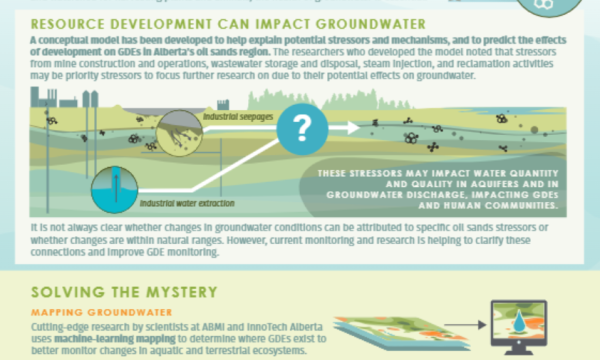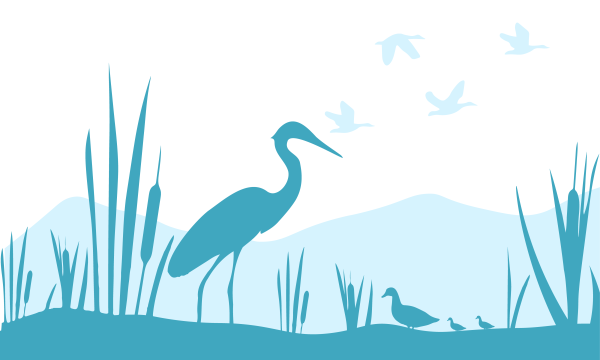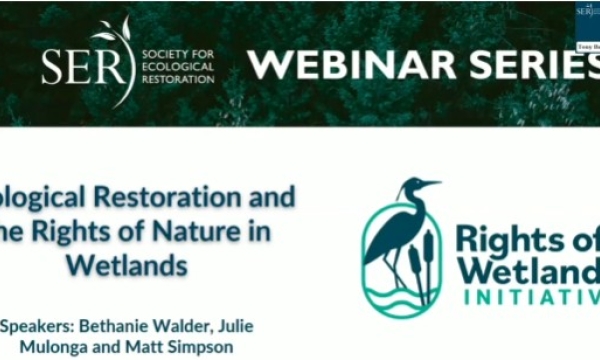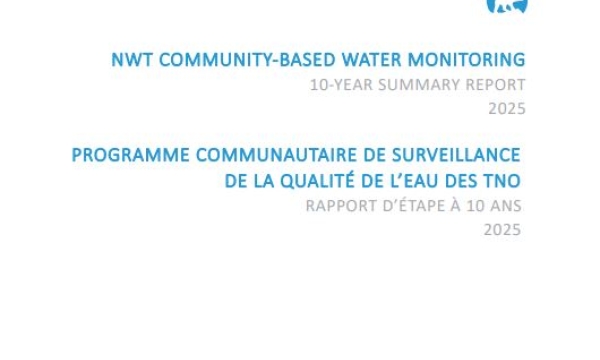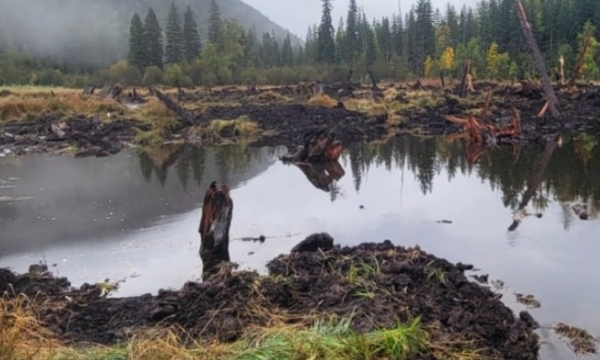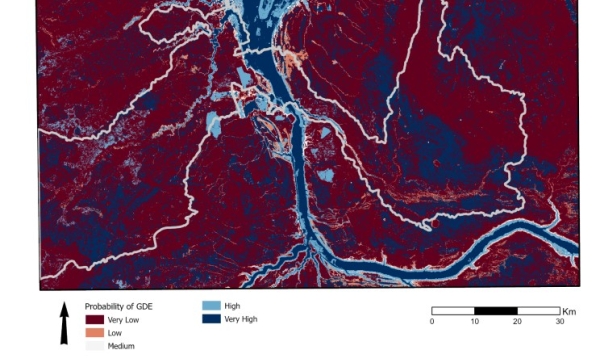Wetland Knowledge Resources
Resource
Groundwater is a vital yet often overlooked part of healthy watersheds and our water supply. It sustains lakes, rivers, and wetlands, supports ecosystems on land and in water, and is essential to...
Resource
Auteurs
Jennifer Baltzer
Xanthe Walker
Sander Veraverbeke
Thomas Hessilt
Raquel Alfaro-Sanchez
Max van Gerrevink
Michelle Mack
Emily Ogden
Richard Olsen
Rebecca Scholten
Merritt Turetsky
Climate warming is increasing the prevalence of overwintering ‘zombie’ fres, which are expected to occur primarily in peatlands, undermining carbon storage through deep burning of organic soils. We...
Resource
Road Impact Wetland Health Assessment (RIWHA) The B.C. Wildlife Federation has launched the Road Impact Wetland Health Assessment (RIWHA)—a rapid field assessment tool designed to identify how roads...
Resource
Auteurs
Bethanie Walder
Julie Mulonga
Matt Simpson
The ‘Universal Declaration of Rights of Wetlands’, based on a constellation of eight rights around the right to exist, is a pathway for furthering wetlands conservation through ecosystem rights and...
Resource
Auteurs
Government of Northwest Territories
The NWT Community-Based Water Quality Monitoring (CBM) program, launched in 2012 as part of the Northern Voices, Northern Waters Water Stewardship Strategy, aims to involve communities in water...
Resource
Annschild is the founder of Victoria-based Rewilding Water & Earth. Since incorporating the venture in 2021, Annschild has built the company to a team of seven. It’s paid to design plans to restore...
Resource
Many of Canada’s rivers no longer flow freely due to dams and other barriers restricting the movement of our native species. Watersheds have become degraded by human development to the point where...
Resource
Auteurs
Jacqueline Dennett
Cris Gray
Emily Herdman
Jen Hird
Cynthia McClain
David Roberts
Murdoch Taylor
Andrew Underwood
Michael Wendlandt
The relationship between groundwater and its receiving environment is of particular interest in the Alberta oil sands region (OSR) where industrial operations have the potential to affect both the...
Resource
Auteurs
Mackenzie Baysinger
Susanne Liebner
Jens Strauss
Sizhong Yang
Katharina Jentzsch
Alexander Bartholomäus
Claire Treat
Climate warming is predicted to rapidly change the local environmental conditions in peatland systems at high latitudes. This study explored soil respiration rates with microbial community...
Resource
Temperature and moisture are two key factors that are expected to change under current and future climate projections, with significant impacts on ecosystems and biological communities. In northern...


